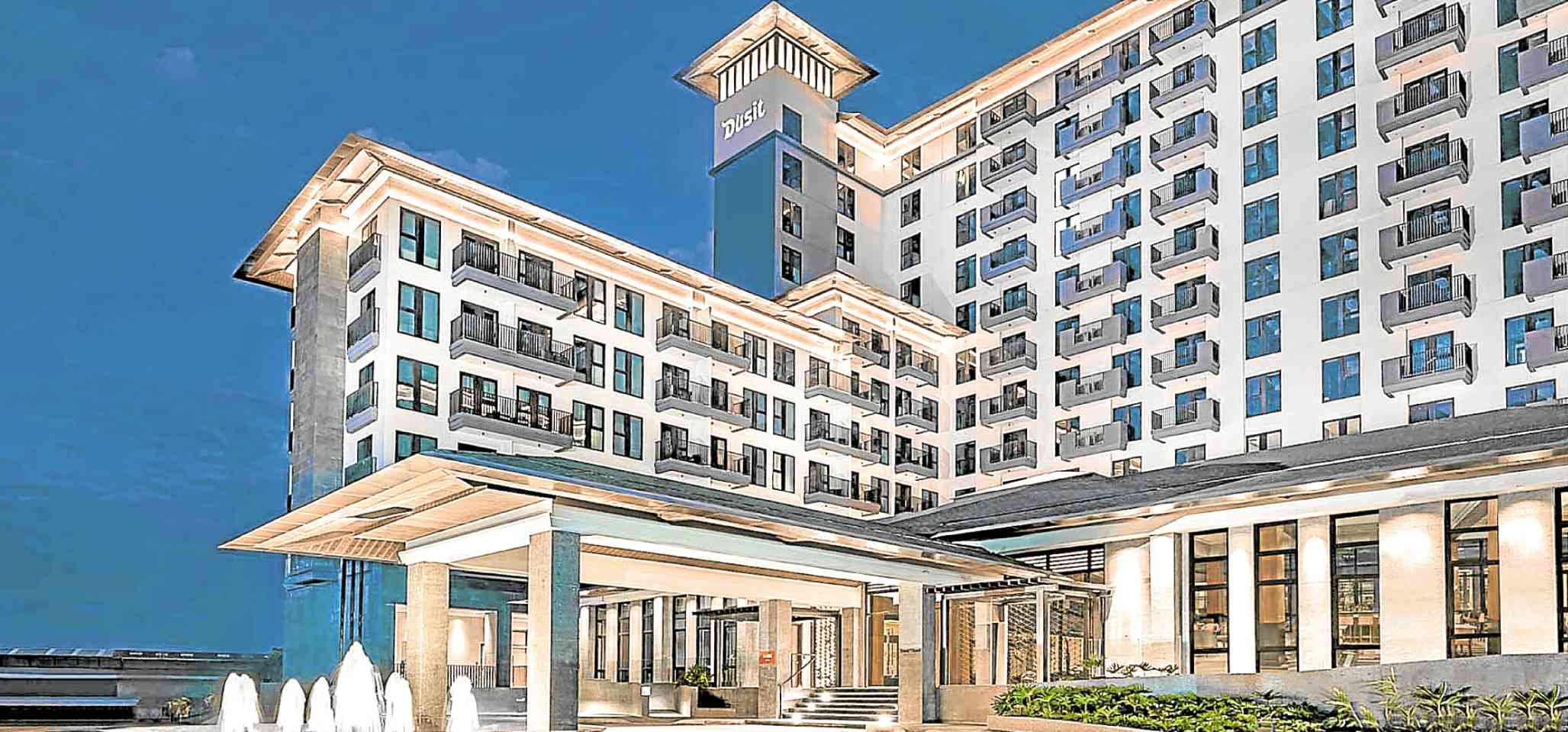Philippine hospitality industry: Prospects for 2024
The Philippine hospitality industry ends 2023 on a positive note with key hotel performance indicators such as room occupancy and room revenues markedly improving over the last three years.
Strong demand coming from the domestic market and the steady inflow of major foreign source markets have helped increase revenues from accommodations, food and beverage and other services.
The latest report from the Department of Tourism showed that foreign tourist arrivals in the country as of Dec. 1 exceeded the 2023 yearend target of 4.8 million. The growth was driven by strong numbers from our top 10 markets namely South Korea, United States, Japan, China, Australia, Canada, Taiwan, United Kingdom, Singapore, and Malaysia.
Pre-pandemic level
The key challenge moving forward is how quickly we can go back to the pre-pandemic, all-time high of 8.2 million foreign visitors in 2019. Even as we chase this numerical target, we also must bear in mind that our neighbors in the region are working just as aggressively to increase their share of the market. Thailand expects to attract 30 million foreign tourists and Singapore 14 million, both by the end of the year. We should not be left too far behind. The United Nations World Tourism Organization (UNWTO) predicts that international tourism will recover 90 percent of pre-pandemic levels by the end of the year. It also says that many destinations have reached or even exceeded 2019 arrivals and receipts. The pace of recovery will be crucial to destinations and local communities that rely heavily on tourism as a major economic lifeline like the Philippines.
To accelerate the recovery of the country’s tourism and hospitality industry next year, government and the private sector must address the following:
Article continues after this advertisement1. Restoring flights to pre-pandemic levels and offering competitive airfare.
Article continues after this advertisement2. Improving airport experience and promoting seamless domestic travel.
3. Expanding hotel room capacity by encouraging investments through attractive incentives.
4. Quickly adjusting to transformative shifts in consumer behavior and preferences by repurposing hotel and other tourism-oriented facilities (greater focus should be on eco-friendly construction and operations).
5. Integrating smart systems and Artificial Intelligence for a more personalized service.
6. Implementing a more targeted and sustained marketing and promotion program with emphasis on digital platforms.
7. Upskilling and reskilling hospitality workers and encouraging careerism.
The Philippine Hotel Owners Association remains committed to playing a significant role in achieving the shared goals of tourism and hospitality stakeholders. Our hotels remain cognizant of the rapidly changing consumer mindset and technological advancements and have adjusted accordingly by:
– Adopting hyper-personalization for a more customized experience for guests
– Switching to more eco-friendly products and services
– Maximizing multi-function spaces and offering co-living options in the property
– Reconfiguring rooms for workcation market
– Intensifying use of technology for digital and contactless experience (ex: virtual reality tours, self-check-in kiosks)
Even as we remain bullish with the coming year, we should remember that there are still headwinds that might slow down recovery: inflation, geopolitical instability, staff shortages, climate change concerns, among others. Stakeholders must therefore closely work together to help mitigate the impact of challenges that come our way. Achieving our goals and objectives at the national, local and community levels will require a sustained and wholistic approach. We must preserve the gains over the past year while keeping in mind that competition in the region around the globe is getting tougher. Tourism and hospitality industry stakeholders in the country must, therefore, focus on the essential growth factors, identify the priorities, and ensure that efforts are sustained over the long term.
